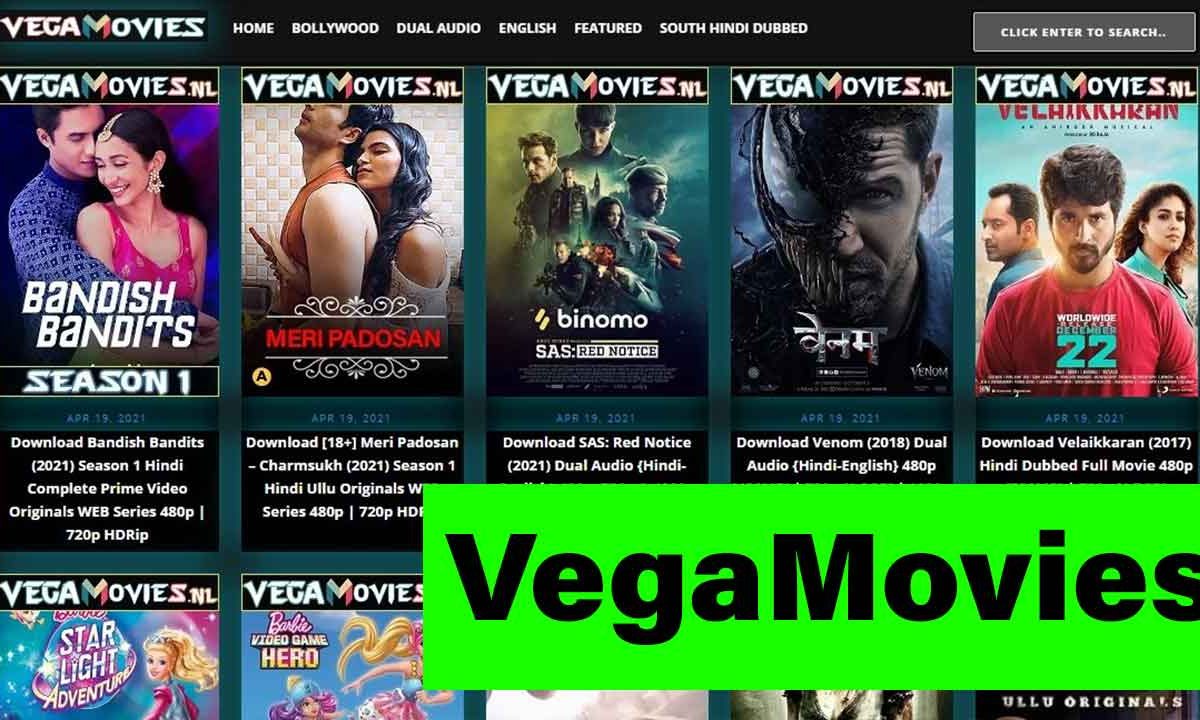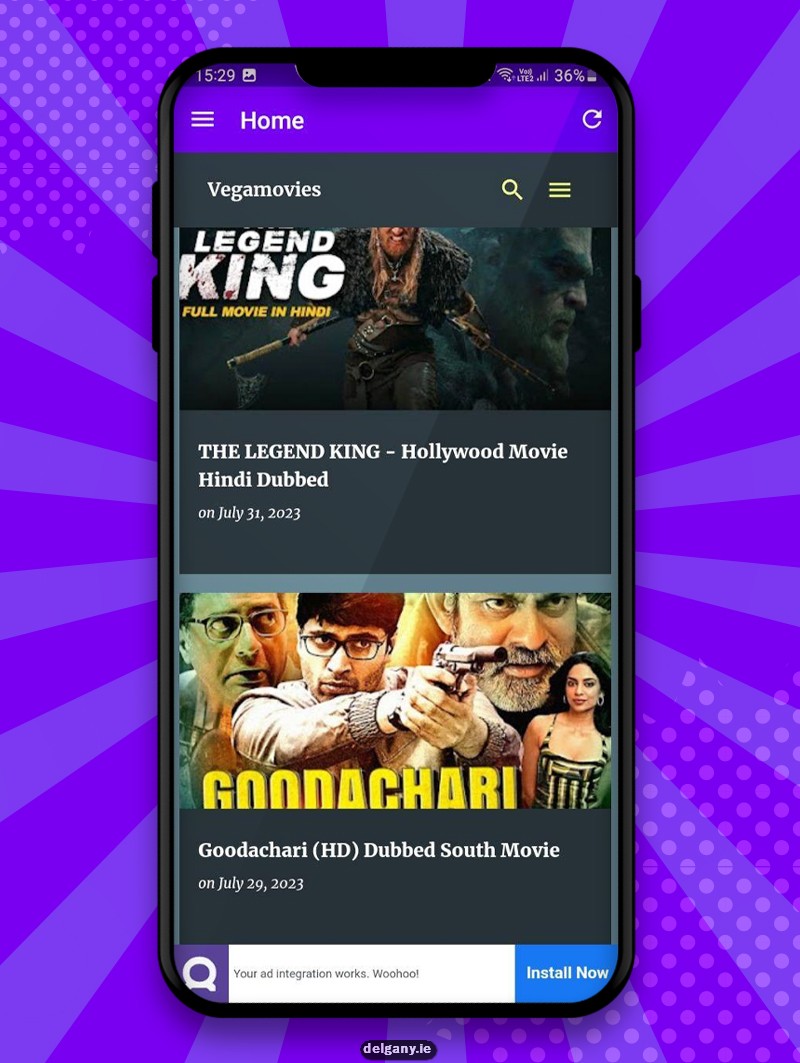Ever wondered if a single word could encapsulate an entire genre, a movement, a feeling? The term "wegamovie" might just be the key to unlocking a new understanding of how we experience cinema.
The precise definition of "wegamovie" remains elusive, a subject of ongoing discussion among film critics, academics, and casual viewers alike. It's a term that doesn't neatly fit into existing categories. Is it a genre? A style? A specific type of filmmaking? Or something more akin to a cultural phenomenon, a way of watching and engaging with movies that reflects a shift in our collective consciousness? Exploring these questions is critical to grasping the full potential of this term and its implications for the future of film.
At its core, "wegamovie" suggests a blurring of lines, a fusion of traditionally separate elements. Think of it as a cinematic experience that transcends the limitations of passive viewing. It is about immersive storytelling and visual spectacles. It's about movies that are actively consumed, dissected, and reinterpreted by audiences, both individually and collectively. It acknowledges that the meaning of a film isn't solely contained within the celluloid (or digital files) but is co-created by the viewer's engagement with the work. This is where the complexity, and the potential, of "wegamovie" truly reside. The term itself invites exploration, demanding deeper comprehension than a mere definition can provide.
One common interpretation positions "wegamovie" as a type of film that actively invites audience participation, whether through interactive elements, open-ended narratives, or opportunities for collaborative creation. This might include films with alternative endings chosen by viewers, transmedia storytelling experiences that extend beyond the screen, or fan-made content that reimagines and expands upon the original material. In this sense, "wegamovie" reflects the growing power of audiences to shape the cultural landscape and challenge traditional hierarchies within the entertainment industry. It's a democratization of filmmaking, where the lines between creator and consumer become increasingly blurred.
However, the concept extends beyond simple interactivity. It also speaks to a broader shift in how we watch and interpret films. In the age of social media and online communities, movies are no longer consumed in isolation. Viewers actively share their thoughts, theories, and reactions with others, creating a collective experience that enhances and transforms the original work. This online discourse, often fueled by platforms like Twitter, Reddit, and YouTube, can profoundly impact a film's reception and even its long-term legacy. "Wegamovie," in this context, acknowledges the social and collaborative nature of contemporary film viewing.
Furthermore, "wegamovie" can be seen as a reflection of our increasingly fragmented and interconnected world. The films that resonate most strongly today often grapple with themes of identity, belonging, and the search for meaning in a complex and rapidly changing society. They offer multiple perspectives, challenge conventional narratives, and invite viewers to question their own assumptions and beliefs. This type of film is not afraid to be ambiguous, to leave questions unanswered, or to explore the darker aspects of the human condition. It demands active engagement and critical thinking, rather than passive acceptance.
- Movierulz 2025 Your Guide To South Indian Cinema Movie Reviews
- Streaming Guide Find Movies Shows In India Plus Alternatives
Consider, for example, the films of Christopher Nolan, known for their complex narratives, non-linear timelines, and philosophical themes. Films like "Inception" and "Interstellar" are not simply entertainment; they are intellectual puzzles that invite viewers to decipher their meaning and debate their implications. The sheer volume of online discussion surrounding these films is a testament to their power to engage and provoke. Similarly, the films of David Lynch, with their dreamlike imagery, surreal narratives, and enigmatic characters, encourage viewers to create their own interpretations and find meaning in the seemingly random. These directors, whether intentionally or not, have created films that embody the spirit of "wegamovie."
Another important aspect of "wegamovie" is its relationship to technology. The rise of streaming services, social media, and virtual reality has fundamentally altered the way we consume and interact with films. Streaming services provide access to a vast library of content, allowing viewers to curate their own personal film festivals and discover new genres and styles. Social media platforms offer a space for viewers to share their thoughts and opinions with others, creating a sense of community and collective engagement. Virtual reality promises to immerse viewers in the world of the film, blurring the lines between reality and fiction. These technological advancements are paving the way for new and innovative forms of filmmaking that embody the spirit of "wegamovie."
However, the concept of "wegamovie" is not without its critics. Some argue that it is simply a buzzword, a trendy term that lacks substance and definition. Others worry that it represents a decline in artistic standards, a pandering to audience expectations that compromises the integrity of the film. Still others question whether it truly represents a new phenomenon, or simply a repackaging of existing ideas. These criticisms are valid and deserve consideration. It is important to approach the concept of "wegamovie" with a critical eye and avoid simply accepting it as a self-evident truth.
Despite these criticisms, the term "wegamovie" offers a valuable framework for understanding the evolving relationship between film and audience. It acknowledges the growing power of viewers to shape the cultural landscape and challenges traditional hierarchies within the entertainment industry. It reflects the social and collaborative nature of contemporary film viewing and the increasing importance of technology in shaping the cinematic experience. Whether or not the term ultimately endures, it serves as a reminder that film is not simply a passive form of entertainment, but an active and dynamic art form that is constantly evolving.
The implications of "wegamovie" are far-reaching. For filmmakers, it means embracing audience participation, experimenting with new technologies, and creating films that are both entertaining and thought-provoking. For distributors, it means finding new ways to engage with audiences, fostering online communities, and leveraging social media to promote their films. For critics, it means developing new frameworks for analyzing and evaluating films that take into account the social and technological context in which they are consumed. And for viewers, it means becoming more active and engaged participants in the cinematic experience, sharing their thoughts and opinions with others, and contributing to the ongoing conversation about film.
In conclusion, "wegamovie" is a complex and multifaceted term that reflects the evolving relationship between film and audience. While its precise definition remains open to debate, it offers a valuable framework for understanding the changing landscape of cinema and the growing power of viewers to shape the cultural landscape. Whether it represents a genuine revolution in filmmaking or simply a repackaging of existing ideas, it is a term that deserves our attention and consideration. The future of film may very well depend on our ability to understand and embrace the spirit of "wegamovie."
| Category | Information |
|---|---|
| Term | Wegamovie |
| Possible Definition | A type of film that invites audience participation, online discourse, or reflects a fragmented and interconnected world. |
| Related Concepts | Interactive cinema, transmedia storytelling, fan-made content, social media engagement, virtual reality. |
| Potential Examples | Films by Christopher Nolan, David Lynch, and others that invite interpretation and discussion. |
| Criticisms | May be a buzzword, may represent a decline in artistic standards. |
| Further Exploration | Explore online film communities, academic articles on audience participation, and experimental filmmaking. |



Detail Author:
- Name : Fredrick Stanton
- Username : rosendo.leffler
- Email : fortiz@collier.com
- Birthdate : 1986-03-13
- Address : 43016 Gail Hollow Suite 115 East Brendanburgh, CO 77595-9488
- Phone : +13414872847
- Company : Collins-Metz
- Job : Designer
- Bio : Vel nisi ea excepturi illo. Dolorem eum eos et. Dolores voluptas impedit aliquam sequi molestiae assumenda.
Socials
twitter:
- url : https://twitter.com/matildaward
- username : matildaward
- bio : Similique in id possimus quae. Quo id aperiam aliquid. Et rerum quas quia quo voluptate dolores.
- followers : 4956
- following : 1274
instagram:
- url : https://instagram.com/matildaward
- username : matildaward
- bio : Et rerum et sapiente non laborum voluptatem sunt. Occaecati sequi illo ipsum harum mollitia iure.
- followers : 3411
- following : 1636
facebook:
- url : https://facebook.com/ward1983
- username : ward1983
- bio : Dolores error dolore atque optio non reprehenderit.
- followers : 4824
- following : 2479
tiktok:
- url : https://tiktok.com/@mward
- username : mward
- bio : Dicta at fugiat quos ut aut dicta qui.
- followers : 3155
- following : 2562